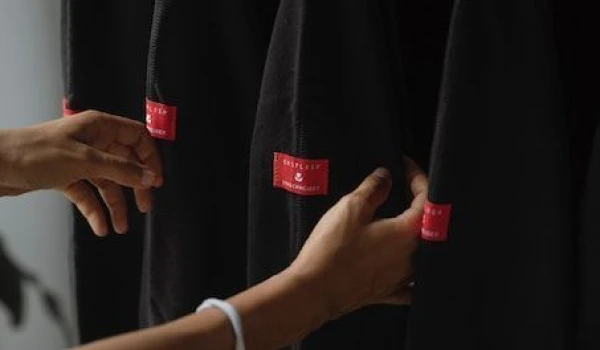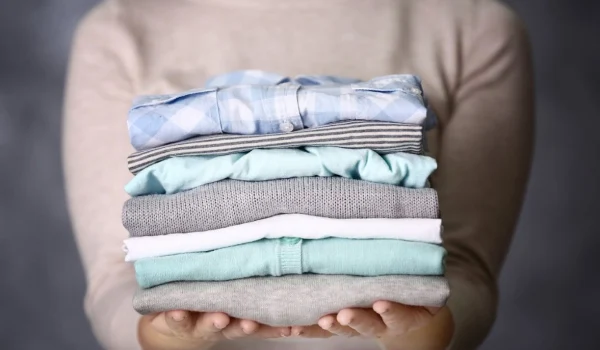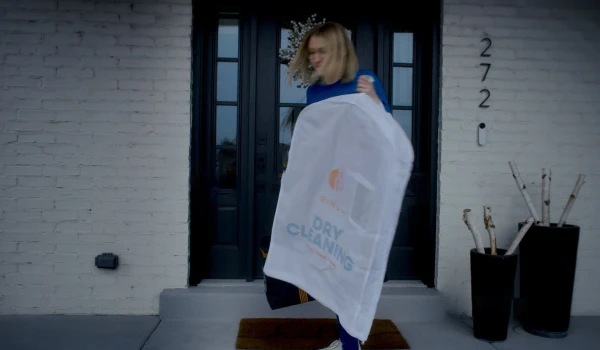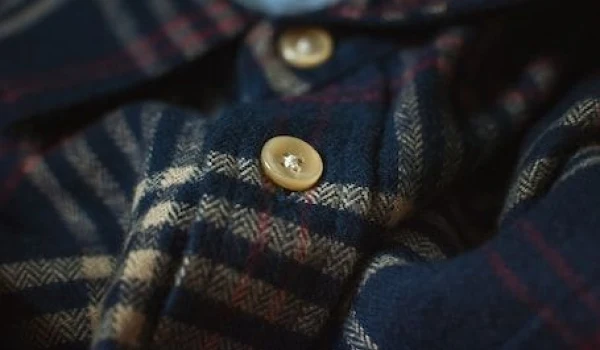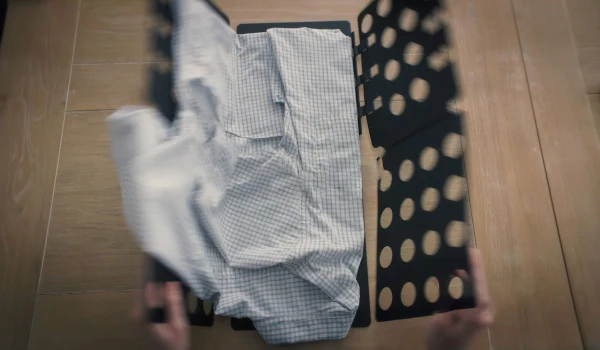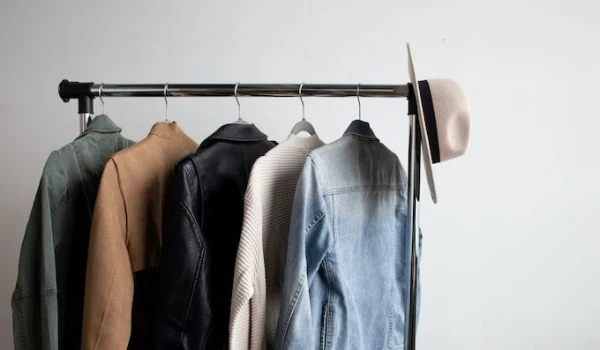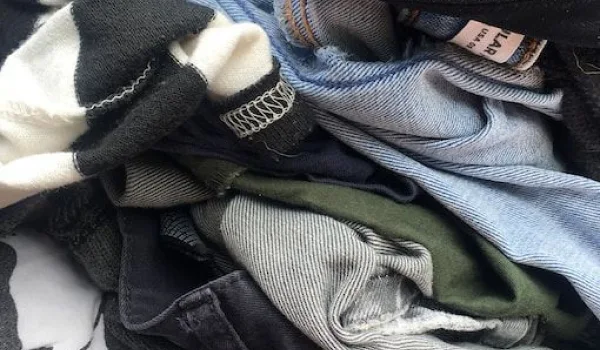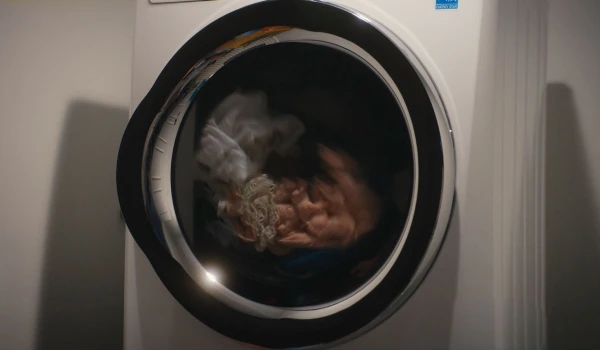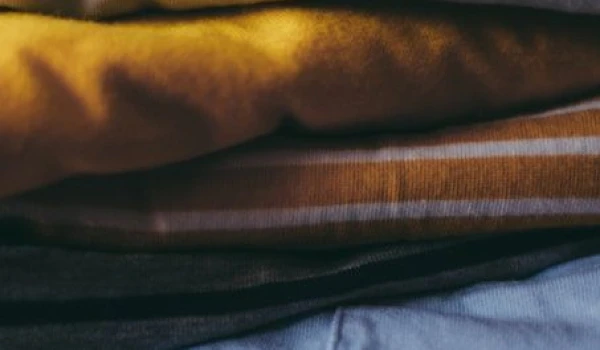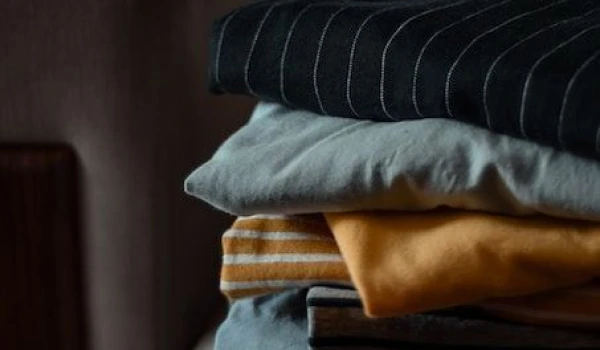Introduction
We all have at least one article of clothing with a care label that says "Hang to Dry." Most of us have probably thought at one time or another, "Do I really have to?" and weighed the risk of throwing that piece in the dryer along with the rest of the laundry.
Well, for all of you who want to avoid turning your favorite pieces into doll clothes, here is a guide on why you should hang dry certain garments and how to do it properly so your clothes continue to last and look great.
Why Hang Dry?
Hanging clothes to dry helps to avoid the heat damage that can be caused by traditional dryers.
Delicate fabrics, such as those used in activewear, underwear, and jeans, can lose their shape and fit due to the harsh tumbling and heat of the dryer. By air drying your clothes on a clothesline or laying them out to dry on a flat surface, you can help your clothes maintain the same fit and form they had when you first bought them.

Benefits of Air Drying Clothes
Promotes Energy Conservation & Saves Money
What better way to reduce energy consumption than by eliminating it? While this is great for the environment, your utility bill will also be significantly lower thanks to the electricity saved from not running your dryer.
Helps Remove Strong Odors
Sunlight is very effective in killing bacteria and removing odors from your clothes. This may be particularly useful for bedding or baby clothes.
Increases Physical Activity
Hanging up laundry is a great way to log in some physical activity, whether that be indoors or outside.
Fabric Preservation
Your clothes will last longer, maintain their elasticity, retain their color, and keep their shape if you keep them out of the high heat and mechanical action of a dryer. There is nothing more gentle than fresh air.
Less Static and Wrinkling
Machine-dried clothes will give clothes a static cling and more wrinkles than air-dried ones. This may result in you having to spend time ironing clothes afterward.
Versatility
Some clothes are not suitable for dryers, such as delicates and linens. You can dry all your clothes in one go by hang drying.
Safety
Lint, dust, and debris can accumulate within a dryer's vent system, posing a fire hazard. Reducing or eliminating the use of dryers will keep you safe from such risks.
Peace & Quiet
Dryers tend to be loud and cause vibration, something air drying avoids.

How To Properly Hang Dry
Check the care label and wash your clothes accordingly. The clothing label will direct you to the best method, be it a machine washer or by hand with hot, warm, or cold water. If you’re unsure what those comically unintuitive care symbols mean, you can reference our handy laundry symbol guide.
Hanging your clothes outside on a clothing line? Follow these tips:
- Pants: Hang your pants upside down. Make sure to match the inner leg seams of the pants, and then place the clothespins on the hems while attaching them to the clothesline.
- Shirts and tops: Also hang these upsides down. Place the clothespins at opposite ends of the bottom hem of the shirt or top, and pin them to the clothesline.
- Socks: Hang socks in pairs and upside down. Attach the clothespin to the toe area of the sock and let the top part of the sock hang down.
- Bed linens: Since sheets and blankets can take up a lot of space on the clothesline, you should fold them in half and pin each end to the clothesline.
- Underwear and bras: Hang underwear from opposite sides of the upper seams, and bras from their hook end.
Drying your garments inside? Tips to help them dry quicker and look their best:
- Make sure to lay your clothes on a flat surface when air-drying garments inside.
- Be sure to leave some room between garments to allow air to circulate between them. (A wet pile of clothes is a wet pile of clothes whether you carefully created that pile or not. The key to successful air-drying is ventilation).
- Place your clothes near a window, vent, air-conditioner, or fan to speed up the drying process.
- Don’t have enough space to lay everything flat to dry? No problem – the key is prioritization.
- Sweaters and other garments made from heavy or stretchy material should always be laid flat to dry.
- Other types of garments like yoga pants, swimsuits, jeans, etc can be hung inside using hangers or a drying rack.

How to Get the Best Results
Start Early in the Morning
Check the weather (and pollen!) forecast and get outside early to take advantage of a full day of sunlight. This is especially important if you have heavy items that will require more time to fully dry. While it depends on the weather, it can take at least two to three hours for clothes to dry outside. Make sure you are not folding damp clothes as this may result in mold or mildew growing.
Blot Wet Towels Before Hanging
Towels are designed to absorb water. As such, they will come out of the washer very wet and take a long time to dry. To speed up the process, blot the wet towel by placing it on a dry towel before hanging it. Once excess moisture has been transferred, place both towels on the drying line.
Give Clothes a Shake
Gently shake out each garment once it comes out of the washer. This helps remove wrinkles and smooths out fabric folds.
Hang the Largest Items First & Secure Them in Place
Maximize the space on your line by hanging sheets first, then towels, and then clothes. Keep at least an inch of space between pieces to ensure adequate airflow and prevent mildew growth. Use plastic hangers and clips to maintain them in place – just be gentle with delicate fabrics and avoid leaving marks or stretching.
Fold Laundry as You Remove It from the Line
Avoid wrinkles and fold your clothes as you remove them from the drying line and into a laundry bin. From there, put them away as soon as possible to ensure crisp fabrics.
Mind the Sun
White clothing and linens should sit in direct sunlight to help bleach these garments. When it comes to bright and dark fabrics, place those in a shaded area. This ensures that the dyes are not weakened and prevents fading.

8 Clothes You Should Never Put in the Dryer
Always check the label of your clothes carefully, but the below items are usually a no-go in the dryer:
- Delicate Fabrics: Silk, lace, chiffon, and cashmere can be damaged or shrink at high temperatures
- Wool: Sweaters and suits can shrink and lose their shape
- Bathing Suits: Heat and friction will damage elastic fibers, causing them to stretch
- Leather and Suede: Items can become stiff and discolored – it is better to have these items cleaned professionally
- Running Shoes: Shoes can lose their shape and have the soles separate
- Lingerie with Underwire: The underwire can be bent or damaged in a dryer; bras can become stretched
- Athleisure: Similar to bathing suits, these types of clothes have special fibers that will become stretched and ruined
- Beaded Clothes: The heat from the dryer can cause beads to melt or become distorted
A good rule of thumb: If your garment is made of synthetics, wool, or lace - double-check the clothing label to see if it’s a hang-dry item.
Overcome Hang Drying Challenges
Are you convinced that hang drying is the way to go, but just don't have the time to do it? Well, look no further. At Rinse, we always follow the care label on your clothing and have your hang-dry needs covered. It's just another reason why we're the most trusted brand in clothing care. Try our Hang Dry service and experience our quality cleaning and exceptional customer service for yourself!
Contact us at Rinse today to see our skill in action.
Have laundry or dry cleaning to do?
Rinse picks up, cleans and delivers 7 days a week. Amazingly awesome. Ridiculously simple.



